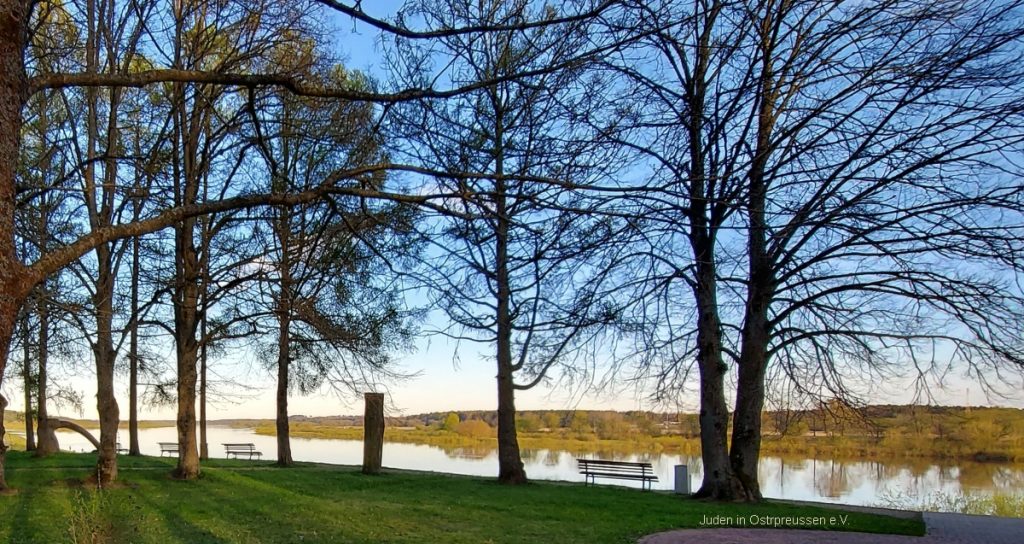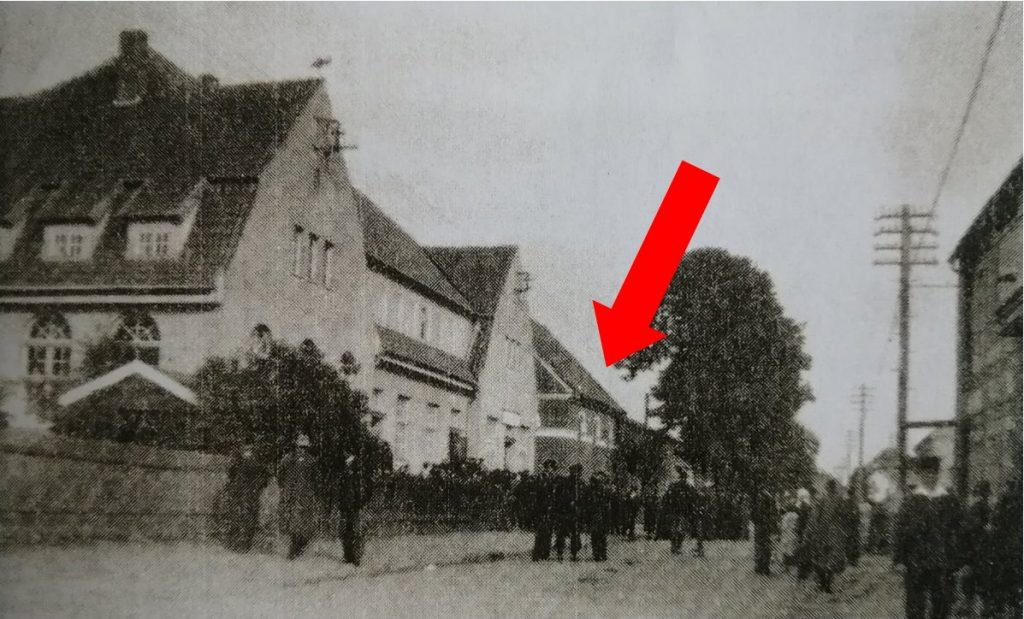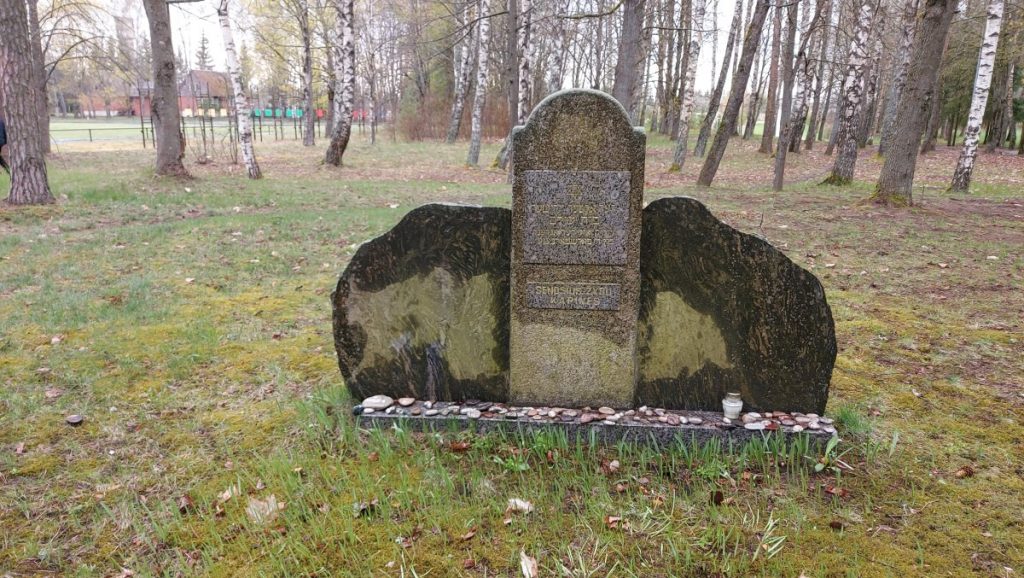With Impressions of a visit to Memelland in April 2022

This place has some peculiarities for East Prussia and for Jews in East Prussia: Here there was a very high proportion of Jews in the total population, similar to the towns outside East Prussia (e.g. in the neighboring town of Jurbarkas behind the former border on the Memel), although one cannot speak of the organizational form of a “shtetl” in East Prussia. Schmalleningken was the border village on the southeastern border of the “Memel Land” between the German and the Russian Empire until the 1st World War. After that the land became Lithuanian in the interwar period. Today it belongs to the Republic of Lithuania and the river Memel forms the border with the Russian Kaliningrad region.

The Jew Pincas Isakowitz from nearby Jurbarkas (Lithuania) was granted the right to build a tavern, a storehouse, a brewery and other necessary buildings for himself and his heirs, as well as a garden, on the basis of a patent issued by the Count of Dohna in 1708. It was for a long time the only such patent of the Prussian king for a Jew on this border and shows the importance of the trade route on the Memel. For two hundred and thirty years descendants of this founder operated the inn under the name of Berlowitz and established a Jewish community in which they were very active. Numerous descendants of the great family went to other towns and made careers there.
The town had almost an urban appearance because of the customs revenues and the lively trade with its hotels, inns and stores. The Memel River was the important transport and trade artery for timber and flax imports from the interior of the continent to the Baltic Sea (via the ports of Memel or Königsberg) long before the invention of the railroad.
To this day, you can admire the very large winter harbor, which provided shelter for ships from the ice masses during the winter season. Conveniently, from 1902 there was a small railway connection to the main line Tilsit-Memel.


Very early there was a synagogue here, even before churches were built. We were able to locate the site with the help of photos.

(1) Before 1914 Central Hotel next to the Synagogue at the main road (2) WW1 around 1915 War destruction of the Central hotel by Russian troops (3) Post WW1 Lithuanian school next to synagogue (4) todays gallery and Culture center next to the empty space of the synagogue burned down by the Germans in 1939.
The Jewish Cemetery is not far from the rail station, it is marked, there are an archway and a memorial stone.










